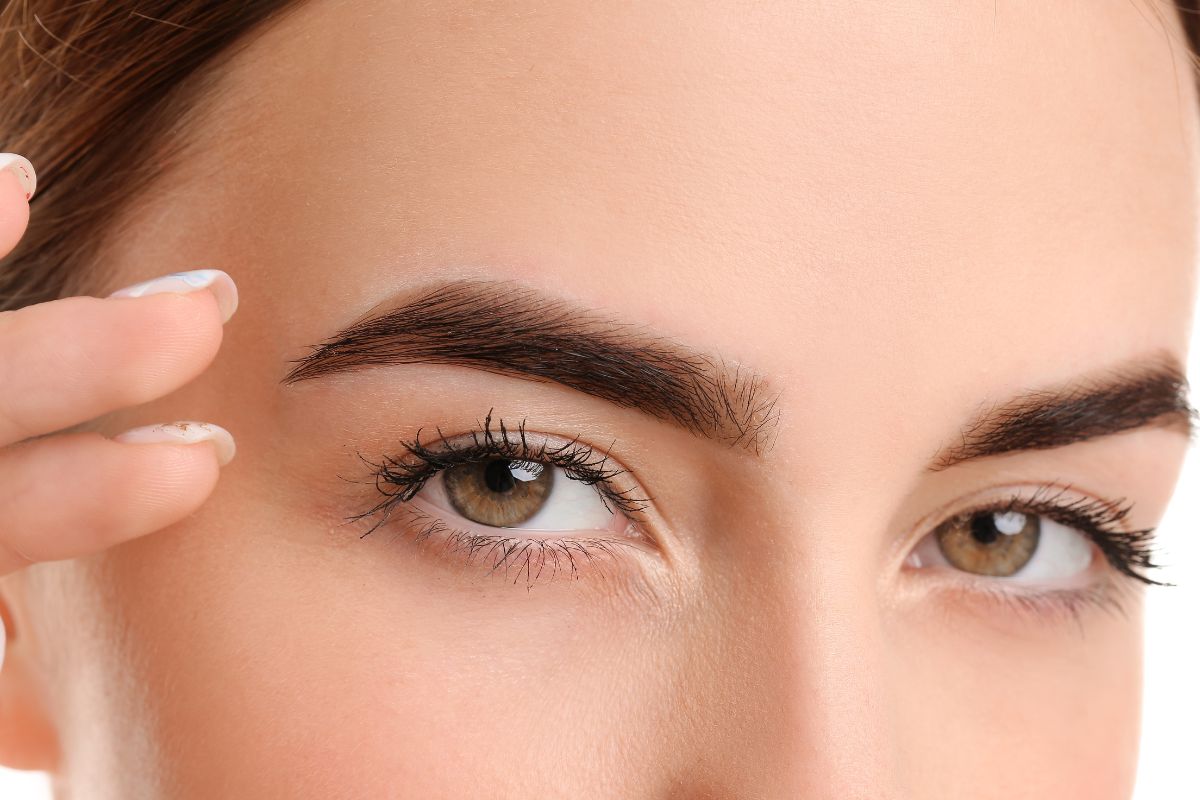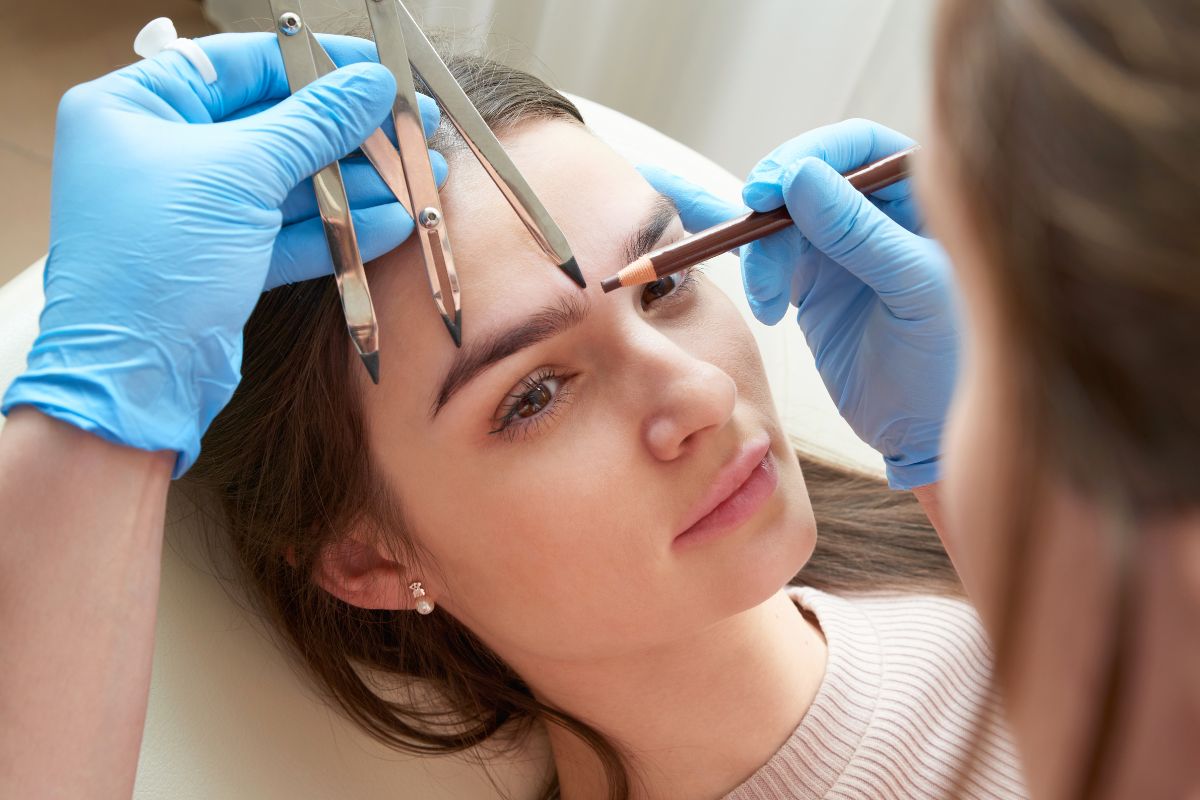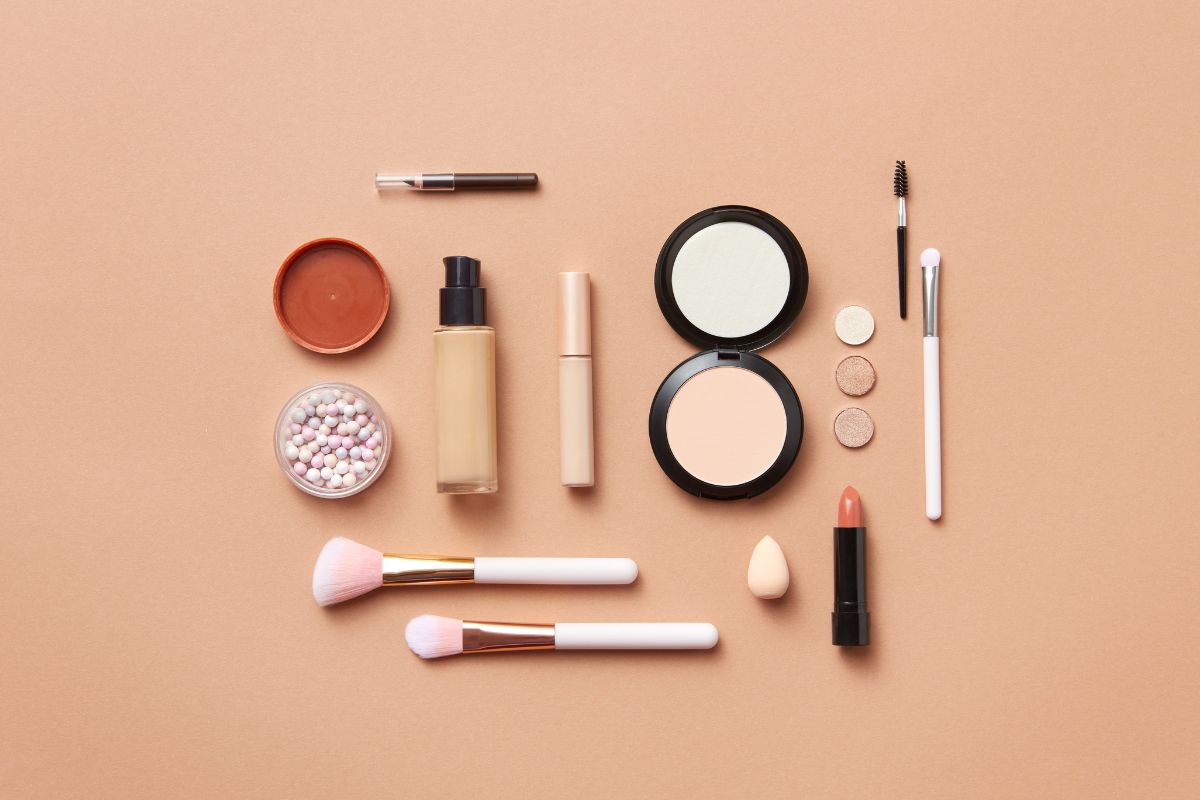The Secret to Picking the Perfect Lipstick Shades for Your Skin Tone
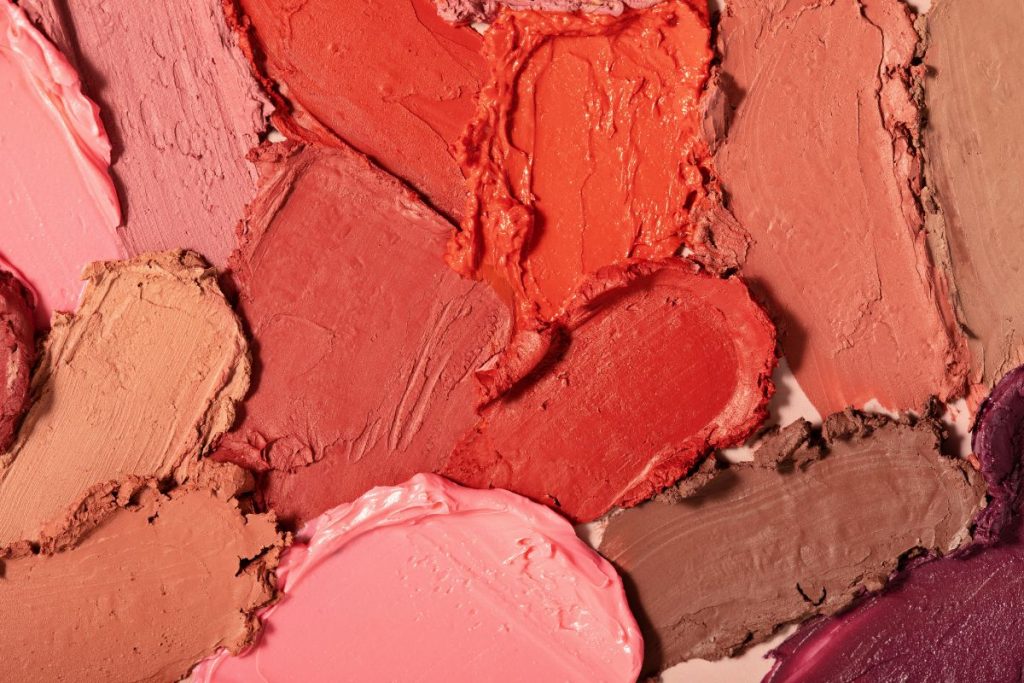
Published September 7, 2023
Makeup is a great way to celebrate your beauty. It is a form of self-expression that can translate who you are. It is an avenue for fostering confidence and grace. It comprises beauty products and techniques that make you feel the most beautiful. Even if you don’t always feel like your best self, makeup can elevate how you see yourself.
And every makeup routine ends with putting on the perfect lipstick. However, the beauty industry has infinite shades of lipsticks to offer. While this means you have all the liberty to select any color lipsticks you should wear. It may also mean failure. Failure in the sense that not all lipstick shades will look good on you. Failure that looks like wasting your money on the wrong lipstick color. Failure to settle in a lipstick shade that looks awkward, funny, and not your match.
In this article, we’ll show you how to find what color lipstick you should be wearing based on your skin tone. We’ll show you the lipstick shades that are most complimentary to your skin. So, whether you’re looking for the ultimate statement shade or a great daily color, you’re constantly at your best. Let’s begin.
Working With Your Skin’s Undertone: How to Choose a Lipstick Color
The color lipsticks that will work in harmony with your face are the ones that match your skin tone. Disregarding your skin color, your skin has an undertone. The pigment of your skin radiates from underneath your actual skin color. Your skin’s undertone can be cool, neutral, or warm.
To rule out your skin’s undertone, look at the veins on the back of your wrist. If your veins look blue, your undertone is likely cool. If they are green, you probably have a warm undertone. You have a neutral skin undertone if you see neither blue nor green. Knowing your skin’s undertone will help you buy only the perfect lipsticks. Saving you the hassle, stress, and money that comes with choosing the wrong lippies.
-
Cool Undertone
People with cool undertones have a bluish-purple, red, pink, or red undertone to their skin. They tend to burn quickly in the sun. These people also rarely tan. Most fair-skinned people fall into this category.
-
Warm Undertone
Warm undertones are not just for darker skin. Warm skin undertones can also appear yellow, peachy, golden, and olive. Some fair-skinned people can also have this undertone. Warm skin undertones look phenomenal in gold jewelry. They also have skin that tans easily and rarely burns.
-
Neutral Undertone
If you can’t accurately find your undertones, it could be because you have a neutral undertone. Neutral skin undertones permit you to choose from various shades of lipstick. So, it’s a win! Neutral skin doesn’t have an apparent undertone. The natural color of the skin is the most clear shade. These people have a very even skin tone. Also, they look good in both silver and gold jewelry.
What Color Lipstick Should I Wear for My Skin Tone?
Once you know your skin’s undertone, choosing lipstick from there on is easy. You can enjoy picking the color palettes that work best for your complexion. It’s now easy to look for a day-to-day shade. It is also effortless to select something bright and eye-catching.
Cools: Best Lip Colors for Fair Skin
Look for lip colors with similar hues in their base for cool undertones. Any color lipstick that has a blue or purple undertone will look good on you. Any berry-colored shade will be your best friend.
Try to steer clear of lip colors that have yellow or orange undertones.
Neutrals: Best Lip Colors for Neutral Complexion
The beauty of having a neutral skin undertone is that you don’t have to be too particular with shades families. You can choose any color in any shade family when choosing your lipstick color. If you want to play it safe, rose gold hues look great on virtually any skin tone.
If you’re fair-skinned with neutral undertones, go for subtle pinks. They can improve and enhance your complexion. Deep berries compliment dark skin. In contrast, nudes and mauve will look phenomenal on medium skin tones.
Warms: Best Lip Colors for Olive Skin
If you have an olive, golden, and warm undertone, you’ll want to stick to these same undertones. Shop for color lipsticks of red with an orange base. These shades are terracotta and brick. You will also look beautiful in shades of chocolate and tawny cranberry.
Shades of Lipstick: Going Dark, Bright, and Nude
How about when you have to wear a color lipstick for a special occasion? What if you have a black tie event that calls for the perfect shade of red? Perhaps you have a reason to showcase a beautiful understated nude.
Any skin tone can wear nearly any color. It is provided the undertones in the skin correspond to the undertones in the lip color. Here’s the guide to the perfect match.
Choosing Dark Lip Colors
It’s a waste assuming you can’t wear a deep vampy red or a dark plum just because you’re fair-skinned. Conversely, being dark-skinned doesn’t mean you’re limited to these shades.
- For cool undertones: Go for blue and purple bases in colors like deep plum and blackberry. They will accentuate your skin tone and give a dramatic look.
- For neutral undertones: Shop for purple and reds. These shades are violet, red-based browns, and plum. These colors will bring an edgy yet effortless look.
- For warm undertones: Opt for darker shades. Look for deep purples, dark berries, and darker reds. These hues will carry you with poise and confidence.
Choosing Bright Lip Colors
If you want to wear an electric blue, violet, or hot pink, go for it. You can wear these three if you harmonize the base of the lip shade with your skin’s undertones.
- For cool undertones: There’s no limit. Bright colors are worn well and beautifully for cooler undertones and fair-skinned people. Try electric blues, vivid violets, or any shades of pink. Be careful; avoid an orange base.
- For neutral undertones: Reds, oranges, and even thrilling yellow lip colors are all options you can explore. If you want a bright pink, look for shades that are a bit more purple. For instance, magenta.
- For warm undertones: You can wear oranges amazingly like no other skin tone. You can also pull off coppery reds and metallic purples. These two will look divine and make you shine, trust us.
Choosing Nude Lip Colors
Nude lip colors can help draw attention to the eyes. They also effortlessly add the perfect touch to a polished look. Yet, choosing the wrong nude can make you look pale, down, and sick.
- For cool undertones: Don’t exaggerate it on the beige. Maintain your nude lip color in the pink family. It will save you from looking pasty. Try getting a nude color one to two shades darker than your natural lip color.
- For neutral undertones: Caramel shades such as coffee and taupe will do you good. You can also look for a light pink gloss to hydrate your lips.
- For warm undertones: Nudes in golden or shimmer hues improve the complexion of those with warm undertones. Just be sure the nude you pick has enough color to be distinguished from your skin. A nude color that too closely matches your skin tone can make you seem washed out.
Natural-Looking Lipstick Shades for Everyday Use
To feel your prettiest self any day calls for wearing the perfect subtle lip color. Wear the right natural-looking lipstick shade; any day will make you feel at your best.
- Nude lipsticks. Nude shades closely matching your natural lip color can give a subtle, effortless look. You can never go wrong with shades that complement your skin tone. There are perfect nudes for fair, medium, and deep skin.
- Pinky nudes. Soft pink lipstick shades can add a touch of femininity and freshness to your everyday look. Choose shades that have a hint of pink. Avoid those that are overly vibrant.
- Peachy nudes. Peachy nude color lipsticks can emit a warm and natural lip glow. These shades suit warmer undertones and create a soft, natural look.
- Mauve tones. Mauve lipsticks with pink and purple undertones can give a sophisticated and natural look. These shades can be versatile. They tend to complement all skin tones.
- My lips have better shades: MLBB shades are lipstick colors that elevate the natural color of your lips. They give them a subtle boost. These shades often mimic your lips’ natural color. In turn, they give you an effortless, glowy look.

Frequently Asked Questions About What Color Lipstick Should I Wear?
1. What are some of the best tips for applying lipstick?
Before applying lipstick, ensure that your lips are smooth and moisturized. It would help to exfoliate gently to remove dry skin. Then, use a lip balm or hydrating lip primer for soft and smooth lips. Using a lip liner is also great for improving the shape and longevity of your lipstick. Outlining your lips with a liner will help create a base for your lipstick. Doing so will prevent feathering. It will also add a definition.
Finally, use the blotting technique. It goes by blotting your lips with a tissue after applying your first layer of lipstick. It helps in removing excess product and sets the color. It makes it last longer. Repeat this step once or twice for a long-lasting matte lip finish.
2. What color lipstick is the most attractive?
According to a study from the University of Manchester, men love when women wear red lipstick. It is confirmed that women in red lipstick attract men’s attention the most. It is due to it symbolizing passion, love, energy, and courage.
3. Does lipstick make you more attractive?
Lipsticks draw attention to the lips. It makes them stand out. Lips are a sensual part of the body. Thus, highlighting them can make women more attractive to the opposite sex.
4. What color lipstick makes teeth look whiter?
Blue tones will provide the greatest whitening effect. It is considered that blue-toned red lipsticks are a whitening treatment in a tube. In contrast, pink tones are neutral, and orange tones will have a yellowing effect.
And now, you’re one step ahead in mastering the art of makeup. Finding the perfect lip color is a great beauty skill to have. And as we’ve been discussing, it’s not complicated and intimidating. Slay your lipstick game with our guide. Consider sharing our article with your beauty enthusiasts, friends, and loved ones!
Lease Salon Space In Royal Palm Beach Florida
Fulfill your dreams and be your own boss when you lease salon space in Palm Beach Florida with us. Our beautiful salon spaces come with complimentary laundry and cleaning services and a flexible lease agreement you can afford. Our salon suites come with many amenities including free cleaning service, televisions, storage space, and more. Contact us now to book a tour or learn more.
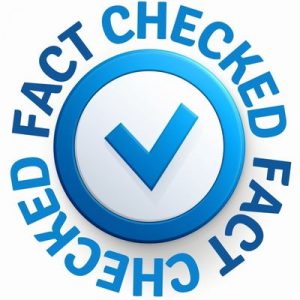
Fact Checked By Experts
Our team of internal experts diligently fact-checked this content to ensure accuracy and reliability. Find detailed information about the rigorous editorial standards we uphold for our website.

About The Author
I’m Tracy Gorman, a seasoned writer. My passion lies in crafting engaging articles that impart valuable knowledge. While I specialize in lifestyle, beauty, and health, I’m adept at tackling any subject.
